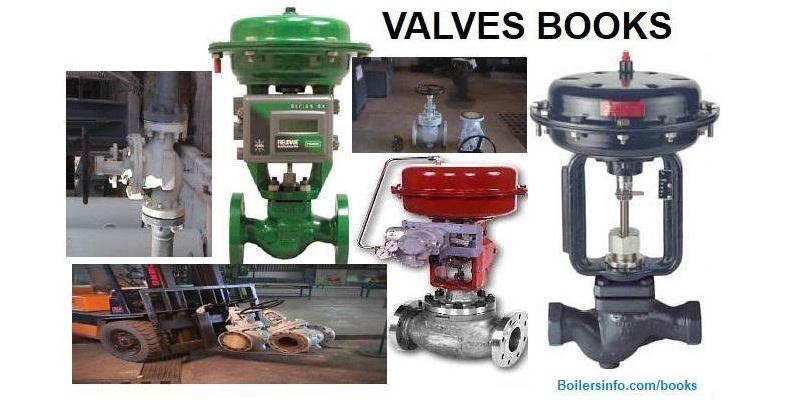Introduction
Industrial valves are complex mechanical devices used across the industrial sector to regulate the flow of fluids and gases. The manufacturing, energy, oil and gas, and other industries rely heavily on these inconspicuous gadgets. The purpose of this essay is to shed light on the mysterious world of industrial valves by discussing their essential function, the many valve types available, and the technical advancements fueling their rapid development.
Valve Function in Industrial Settings
In today’s complex manufacturing processes, industrial valves play a crucial role. Pipes and other systems rely on them to promote, control, and even impede the flow of liquids, gases, and slurries. This is how they guarantee a problem-free, risk-free, and productive workflow. Industrial valves are the watchdogs of industry, ensuring that everything runs smoothly from the purification of drinking water to the production of electricity.
Diverse Valves in a Sea of Variety
Industrial valves are very flexible, and this is evident in the wide variety of designs available. Using a gate-like mechanism, gate valves regulate fluid flow in a straight path. Ball valves, which have a spherical disc, are often used in residential plumbing because of the ease and speed with which they may be closed just like DBV valves, More accurate flow regulation is achieved using globe valves, which have a spherical body and a movable disc. Like the wings of a butterfly, butterfly valves allow for vast amounts of fluid to be controlled with only a quarter turn. These are just a few examples of the many different kinds of valves that serve a broad variety of fields and functions.
Fluid Dynamics: Industry-Wide Applications
There is a wide range of industries that rely on industrial valves, each with its own specific needs. Valves are used to control the flow of oil, gas, and steam in energy facilities like refineries and power plants. They are essential to the production sector, since they regulate the flow of both inputs and outputs. Valves are an integral part of water treatment facilities, since they control the flow of both clean water and effluent. Disruptions to the tempo of these industries due to the absence of these valves might have disastrous consequences.
Changes in Technology, Part I: Moving from Hands-On to Digital
The development of industrial valves has tracked with the progress of technology generally. Manually operating a valve takes more work and accuracy than modern options. However, the rise of digital technology has altered the scene. Sensors, actuators, and even smart technologies are already commonplace in automated and remotely controlled valves. Remote monitoring and control of these smart valves is possible, and they also provide live readings of pressure, temperature, and flow rates. Having access to this information helps businesses better plan for the future, anticipate maintenance requirements, and maximise output.
Using Creativity to Address Issues
There have been issues with industrial valves as well. Engineers and scientists have been pushed to innovate by the problems of leakage, corrosion, and high maintenance costs. Valve designs are using modern materials, such as corrosion-resistant metals, ceramics, and composite polymers, to increase lifetime and reliability. In-depth examination of valve behaviour and performance is possible with the use of Computational Fluid Dynamics (CFD) simulations, which contribute to the creation of more effective designs.
Potential and Long-Term Effects
In the wake of rising environmental awareness, industrial valves are helping to advance the cause of eco-friendliness with plenty of information available on dbaovalve.com. The use of leak detection systems and eco-friendly materials helps to cut down on waste and lower the carbon impact. Valves are becoming increasingly eco-friendly, long-lasting, and energy-efficient as a direct result of the growing demand for such features across a variety of sectors.
Conclusion
Despite their low profile, industrial valves are the unsung heroes of today’s manufacturing operations. These seemingly inconsequential tools are crucial throughout many industries, performing crucial functions like as regulating fluid flow and guaranteeing safety and efficiency. Industrial valves have embraced automation, digitalization, and sustainability as technology has progressed. Their unsung efforts continue to be the impetus behind the smooth operation of industries, making them the real backbone of our modern industrialised society.









